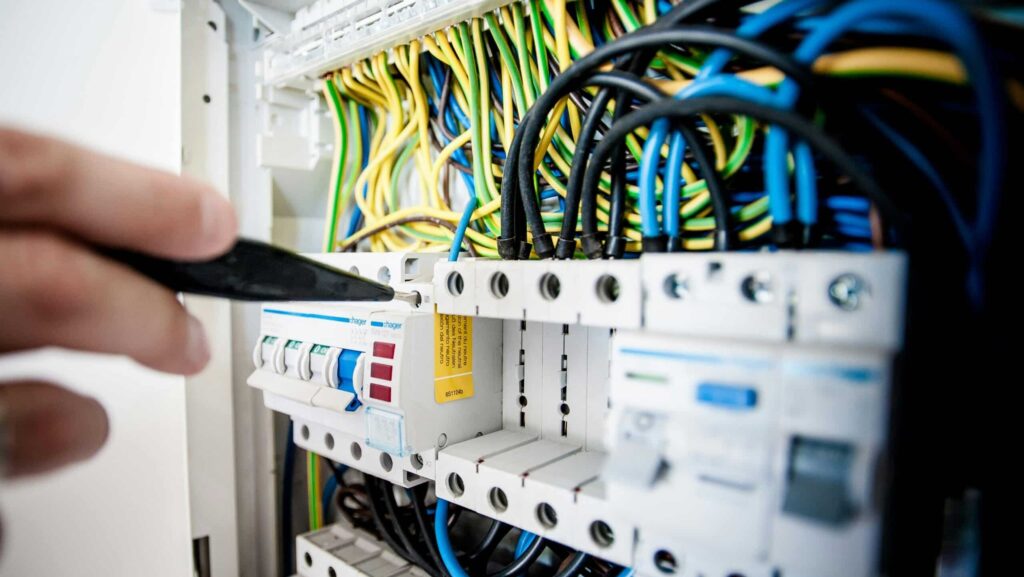In the competitive fields of electrical engineering and manufacturing, innovation and efficiency are key to staying ahead. One major advancement that has transformed the game is virtual circuit testing.
As electronics grow more complex, many companies are moving from traditional physical methods to digital alternatives, which may save them both time and money.
But what exactly is virtual testing, and why does it offer these benefits? Here’s how it can make a positive impact on your product development.
What is it and How Does it Work?
This is where engineers simulate the behavior of a circuit using specialized software, allowing them to assess its functionality without having to build a prototype.
In this process, you use advanced circuit simulation software for precise modeling of performance under different conditions, providing insights into potential design flaws or optimizations.
Adjustments may then be made in real-time, before running the program again instantaneously.
The Cost-Saving Benefits
With many businesses looking to cut costs this year, this could be a great way for you to do it too.
ADVERTISEMENT
Conventional methods typically require multiple prototypes, which involve labor and material costs. Each new iteration might necessitate building a new model, leading to increased expenses.
By switching to digital formats, you can eliminate much of this waste. With simulations, you can assess various configurations in software before committing to a physical build, cutting down on material use and maximizing your budget.
Saving Time and Increasing Productivity
In traditional settings, constructing and revising prototypes can be time-consuming. Each assessment round can take days or even weeks, especially if issues are discovered late in the process. Virtual testing, on the other hand, provides near-instant feedback.
Advanced software also lets you quickly trial complex designs and identify potential problems before they manifest. This capability means fewer production delays and a quicker route to market, giving your company a competitive edge in sectors where speed is crucial.
Additionally, simulations can run continuously, allowing multiple experiments in parallel, further accelerating the timeline for development.
Utilizing New Technology
As artificial intelligence continues to be harnessed in various industries, it’s also present in this process.
ADVERTISEMENT
The integration of AI-powered tools and machine learning algorithms within these environments means you can automate some aspects of circuit optimization. This can increase efficiency and enable smaller teams to handle more complicated projects, without being bogged down by manual procedures.









